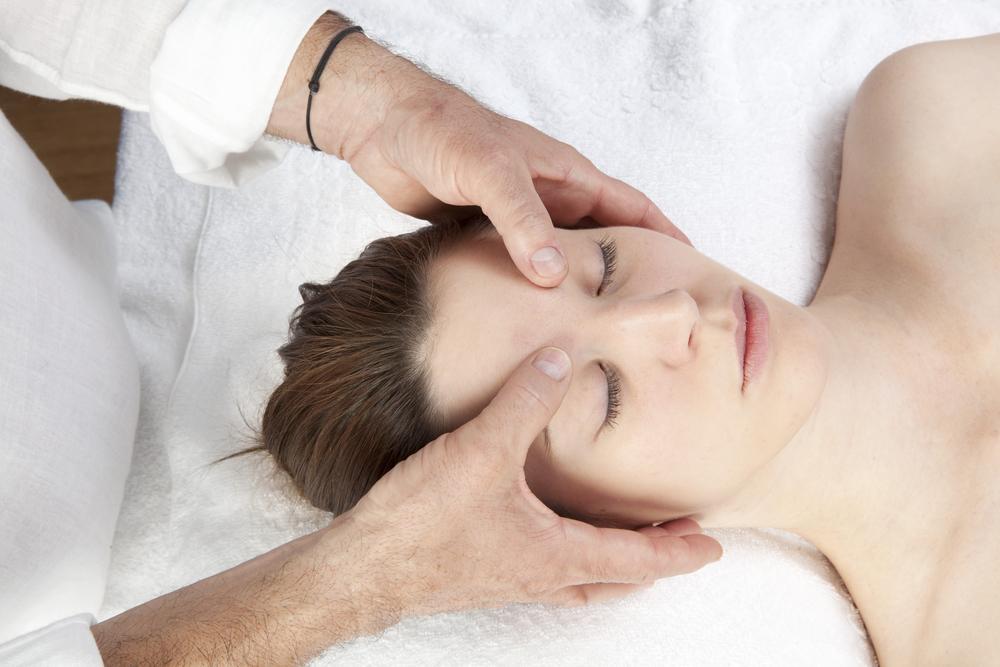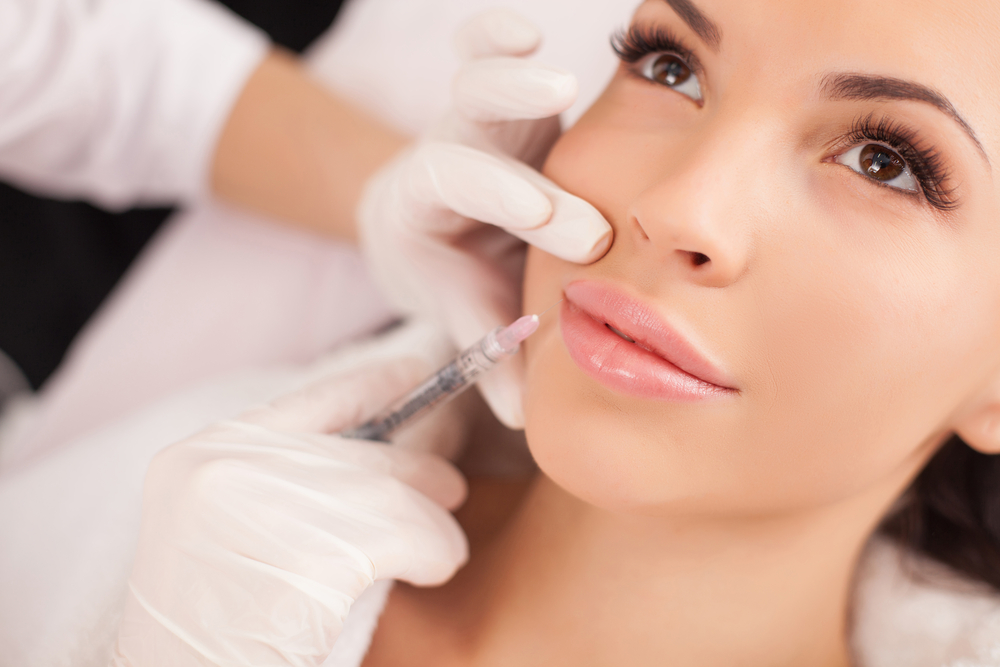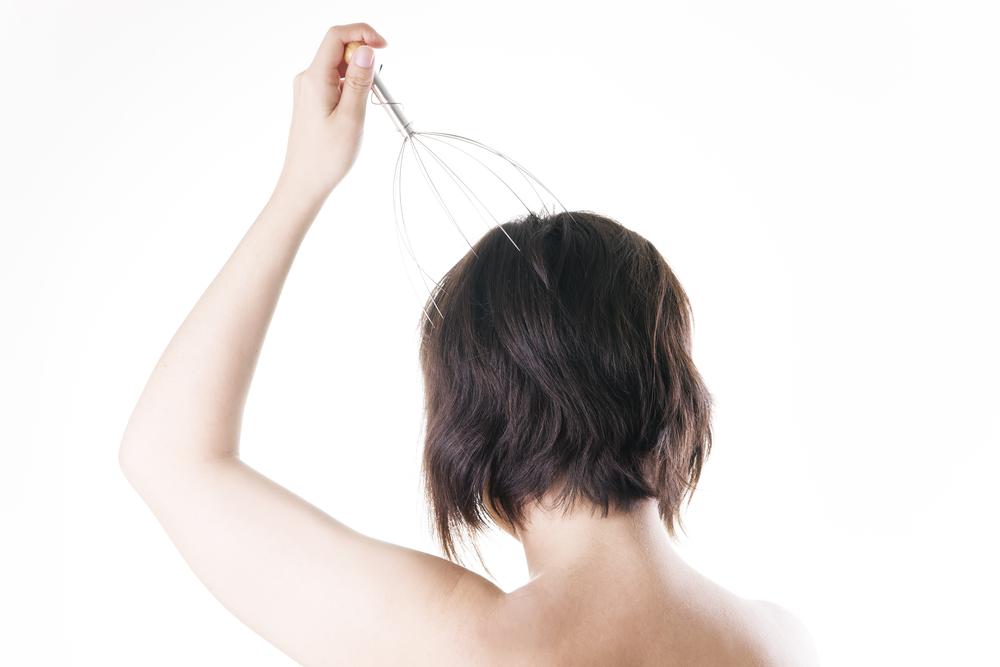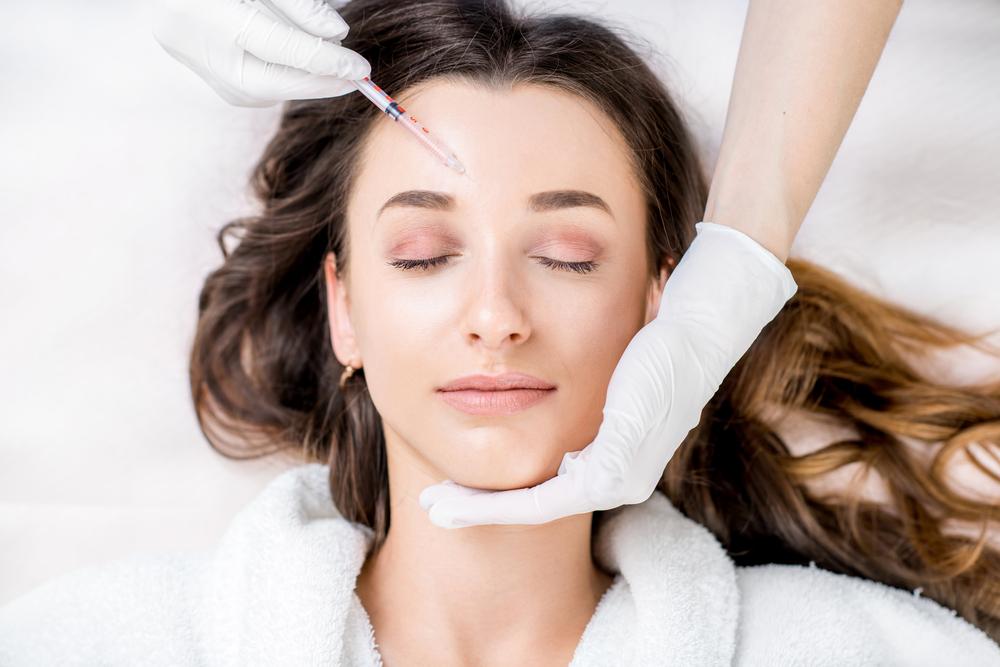Revolutionary Botox Therapy Offers Hope for Chronic Migraine Sufferers
Discover the latest advancements in Botox therapy for chronic migraines, including treatment procedures, benefits, side effects, and expert insights. This comprehensive guide offers hope for sufferers seeking long-term relief from severe headaches, emphasizing safe, effective, and minimally invasive options to improve quality of life.

Revolutionary Botox Therapy Offers Hope for Chronic Migraine Sufferers
Chronic migraines are a debilitating condition affecting millions worldwide, often disrupting daily activities and reducing quality of life. Traditionally, treatments ranged from lifestyle modifications to prescription medications, but many sufferers continued to experience frequent and severe headaches. Recently, a groundbreaking treatment has gained popularity: Botox injections, originally known for cosmetic purposes, now offer significant relief for those enduring chronic migraines. This article explores the latest advancements in Botox therapy for migraines, including the procedure, benefits, potential side effects, and expert recommendations.
Understanding Botox as a Preventive Treatment for Chronic Migraines
Botox, a neurotoxic protein derived from Clostridium botulinum bacteria, has earned FDA approval for preventing severe migraines in adults. Unlike pain medications that only treat symptoms after they appear, Botox works proactively by reducing the frequency and severity of migraine episodes. Its mechanism involves blocking specific nerve signals responsible for transmitting pain, thereby decreasing nerve sensitivity and muscle tension that contribute to migraine attacks.Patients experiencing migraines at least 15 days per month, with each episode lasting over four hours, are typically considered suitable candidates. The treatment plan involves regular injections, scheduled approximately every three months, to maintain optimal benefits. Over time, patients often notice a marked reduction in the number of migraine days and intensity of pain episodes, leading to improved overall quality of life.
The Botox procedure for migraines involves precise administration of 30 to 40 small injections across strategic areas on the scalp, neck, and shoulders. These injections target muscles and nerves involved in migraine pathways. Typically, a total of 31 injections are administered per session, with each feeling like a quick pinch or sting. The most sensitive area tends to be the forehead, but overall, the procedure is quick, lasting about 15 minutes. Patients are advised to repeat this treatment every three months to sustain relief and prevent migraine recurrence.
In cases where patients experience localized pain in specific head regions, additional injections in those areas may be recommended by medical professionals. Overall, patients often report improvements within two to three weeks following treatment, with maximum benefits noticeable around the third month. While side effects are generally mild, some individuals may experience temporary discomfort or fatigue.
Common side effects linked to Botox treatments include:
Skin rashes or itching at injection sites
Minor back discomfort
Respiratory issues such as lung inflammation or shortness of breath
Muscle stiffness or weakness
Difficulty swallowing or breathing in rare cases
Digestive symptoms like nausea, diarrhea, or stomach pain
The Advantages of Using Botox for Chronic Migraines
Significantly reduces symptoms such as nausea, vomiting, and heightened sensitivity to light, noise, and smells
Serves as a preventive measure, decreasing the frequency of migraine episodes before they start
Lessens the severity and duration of headaches, improving daily functioning
Relief typically persists for approximately three to four months after each treatment cycle
The procedure is minimally invasive and generally well-tolerated by patients
Helps manage associated symptoms like excessive sweating during migraine attacks
Relieves eye twitching often linked to migraine episodes
Muscle relaxation in targeted areas promotes overall comfort
Potentially benefits other neurological conditions such as Bell's palsy
Patients interested in Botox therapy for migraines should seek consultation with qualified healthcare providers. A thorough evaluation helps determine suitability, discuss possible side effects, and establish an effective treatment plan. It’s crucial that only trained medical professionals, typically physicians specializing in neurological or headache disorders, perform these injections—cosmetic surgeons should avoid administering therapeutic Botox for migraines. Proper medical guidance ensures safe, effective, and personalized treatment outcomes that can significantly enhance quality of life for chronic migraine sufferers.





